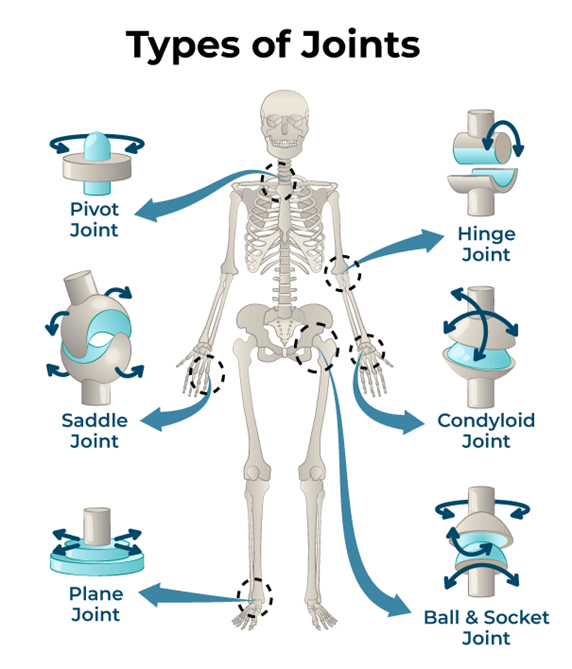The nurse plans to use the Situation, Background, Assessment, and Recommendation (SBAR) format of communication during which interaction?
Obtaining clarification from a client's healthcare power-of-attorney.
Completing discharge teaching to a client and family members.
Reporting a change in a client's condition to the healthcare provider.
Offering therapeutic support and comfort to a grieving family.
The Correct Answer is C
A. Obtaining clarification from a client's healthcare power-of-attorney:
While clear communication is important in this scenario, SBAR may not be necessary as the nurse is seeking information rather than providing a detailed report or recommendation.
B. Completing discharge teaching to a client and family members:
SBAR may not be the most suitable format for discharge teaching, as it is primarily used for communication between healthcare providers regarding a patient's condition and care plan. Discharge teaching typically involves providing comprehensive instructions and information in a manner tailored to the needs of the client and family members.
C. Reporting a change in a client's condition to the healthcare provider:
This is the most appropriate scenario for using the SBAR format. When communicating a change in a client's condition to the healthcare provider, the SBAR framework allows the nurse to provide a concise summary of the situation, relevant background information, assessment findings, and recommendations for further action.
D. Offering therapeutic support and comfort to a grieving family:
SBAR communication is not suitable for offering therapeutic support and comfort to a grieving family. This interaction requires empathy, active listening, and emotional support rather than a structured communication format like SBAR.
Nursing Test Bank
Naxlex Comprehensive Predictor Exams
Related Questions
Correct Answer is D
Explanation
A. Criminal assault and battery:
Criminal assault and battery involve intentionally causing harm to another person without their consent. In this scenario, the nurse's actions were aimed at providing aid and ensuring the victim's safety. There is no indication of any intentional harm or violence toward the victim.
B. Negligent acts of omission:
Negligent acts of omission occur when a healthcare provider fails to act in a manner consistent with the standard of care, resulting in harm to another person. In this scenario, the nurse took certain actions to assist the victim, such as turning off the engine key and assessing the victim's condition. There is no indication of negligent omission as the nurse took appropriate actions given the circumstances.
C. Abandonment of the victim:
This applies if a healthcare professional leaves a patient in need of care without ensuring appropriate transfer of care. In this scenario, the nurse handed over the situation to EMS before leaving.
D. Good Samaritan immunity:
Good Samaritan laws protect individuals, including nurses, who voluntarily provide assistance in emergency situations from legal liability, as long as their actions are within the scope of their knowledge and training and are performed in good faith. The nurse stopped to help, provided care, and then reported to EMS personnel before leaving, which is consistent with the protection offered by Good Samaritan laws.
Correct Answer is C
Explanation
A. Turn the head to the right and left:
Turning the head involves rotation of the cervical spine, which primarily consists of pivot joints rather than hinge joints. This action is more relevant to the movement of pivot joints.
B. Extend the arm at the side and rotate in circles:
Extending the arm and rotating it in circles primarily involves the movement of ball-and-socket joints, such as the shoulder joint, rather than hinge joints.
C. Bend the arm by flexing the ulna to the humerus:
This action involves bending the arm at the elbow joint by flexing the ulna (forearm bone) towards the humerus (upper arm bone). The elbow joint is a hinge joint, allowing primarily flexion and extension movements.
D. Tilt the pelvis forwards and backwards:
Tilting the pelvis forwards and backwards primarily involves the movement of ball-and-socket joints in the hip area, rather than hinge joints.

Whether you are a student looking to ace your exams or a practicing nurse seeking to enhance your expertise , our nursing education contents will empower you with the confidence and competence to make a difference in the lives of patients and become a respected leader in the healthcare field.
Visit Naxlex, invest in your future and unlock endless possibilities with our unparalleled nursing education contents today
Report Wrong Answer on the Current Question
Do you disagree with the answer? If yes, what is your expected answer? Explain.
Kindly be descriptive with the issue you are facing.
